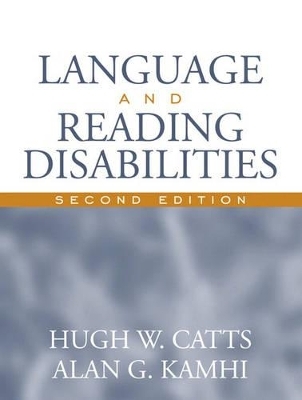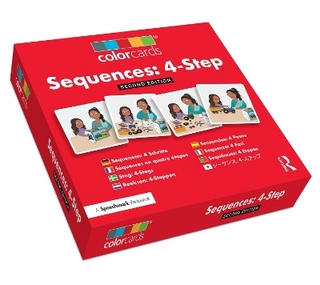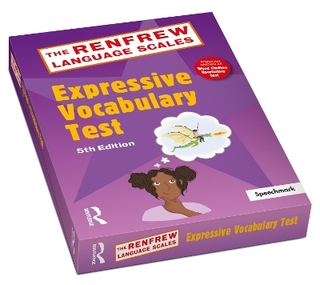
Language and Reading Disabilities (with AWHE Career Center Access Code Card)
Pearson
978-0-205-45448-8 (ISBN)
- Titel ist leider vergriffen;
keine Neuauflage - Artikel merken
Increased evidence has continued to mount in support of the language basis of reading disabilities and much has been learned in the past decade about how children learn to read. With a strong clinical and research basis, the book provides a broad perspective of language problems associated with reading disabilities. It includes the latest theories of reading development, causes of reading disabilities, developmental changes in reading disabilities, and theoretically-motivated research to improve phonological processing, decoding, comprehension, writing, and spelling abilities.
The book compares spoken and written language and notes similarities and differences. The acquisition of reading and reading-related language abilities are discussed. In the second half of the book, recognized experts in the areas of assessment and remediation of reading and writing disorders discuss the identification, assessment, and treatment of reading and writing disorders.
Each chapter concludes with Summary and References.
Preface.
Contributors and Affiliations.
1. Language and Reading: Convergence and Divergence.
Alan G. Kamhi & Hugh W. Catts.
Defining Language.
Defining Reading.
Models of Spoken and Written Language Comprehension.
Comprehending Spoken and Written Language.
Differences between Oral and Written Language.
Basic Factors in Reading and Language Development.
2. Reading Development.
Alan G. Kamhi & Hugh W. Catts.
Emergent Literacy Period (Birth-Kindergarten).
The Development of Word Recognition Skills.
The Development of Reading Comprehension.
3. Defining Reading Disabilities.
Alan G. Kamhi & Hugh W. Catts.
Historical Basis of Reading Disabilities.
Terminology.
Prevalence.
Defining Reading Disability.
4. Classification of Reading Disabilities.
Alan G. Kamhi & Hugh W. Catts.
Subtypes Based on Comprehension versus Word Recognition Problems.
Subtypes Based on Nature of Word Recognition Deficits.
Combining Subtypes in Research and Practice.
5. Causes of Reading Disabilities.
Alan G. Kamhi & Hugh W. Catts.
Extrinsic Causes of Reading Disabilities.
Intrinsic Causes of Reading Disabilities.
6. Assessment and Instruction for Phonemic Awareness and Word Recognition Skills.
Joseph K. Torgeson.
Assessment and Instruction in Phonemic Awareness.
Assessment and Instruction of Word Recognition.
Issues for Future Research and Development.
7. Assessing and Remediating Text Comprehension Problems.
Carol E. Westby.
Comprehending Narrative and Expository Texts.
Assessing Language and Cognitive Skills for Text Comprehension.
Facilitating Text Comprehension.
Children's Material.
Appendix A: Cinderella Variants.
8. Learning to Write.
Cheryl M. Scott.
A Framework for Writing.
Learning to Write.
Writing Problems of Children and Adolescents with Reading Disabilities.
9. Assessing and Remediating Text Comprehension Problems.
Carol E. Westby & Patricia S. Clauser.
Assessing Student Writers.
Facilitating Writing.
Computer Programs.
Appendix A: Example Writing Prompts.
Appendix B: Portfolio Writing Assessment.
Appendix C: Analytic Scoring Guidelines.
Appendix D: Analytic Scoring Guide for Informational Writing.
Appendix E: Predicate Transformations Reflecting Landscape of Consciousness.
Appendix F: Coding Chart for Writing Interview.
Appendix G: The Three Little Peccaries and the Big Bad Jaguar.
Index.
| Erscheint lt. Verlag | 4.11.2005 |
|---|---|
| Sprache | englisch |
| Gewicht | 567 g |
| Themenwelt | Medizin / Pharmazie ► Gesundheitsfachberufe ► Logopädie |
| ISBN-10 | 0-205-45448-8 / 0205454488 |
| ISBN-13 | 978-0-205-45448-8 / 9780205454488 |
| Zustand | Neuware |
| Haben Sie eine Frage zum Produkt? |
aus dem Bereich


